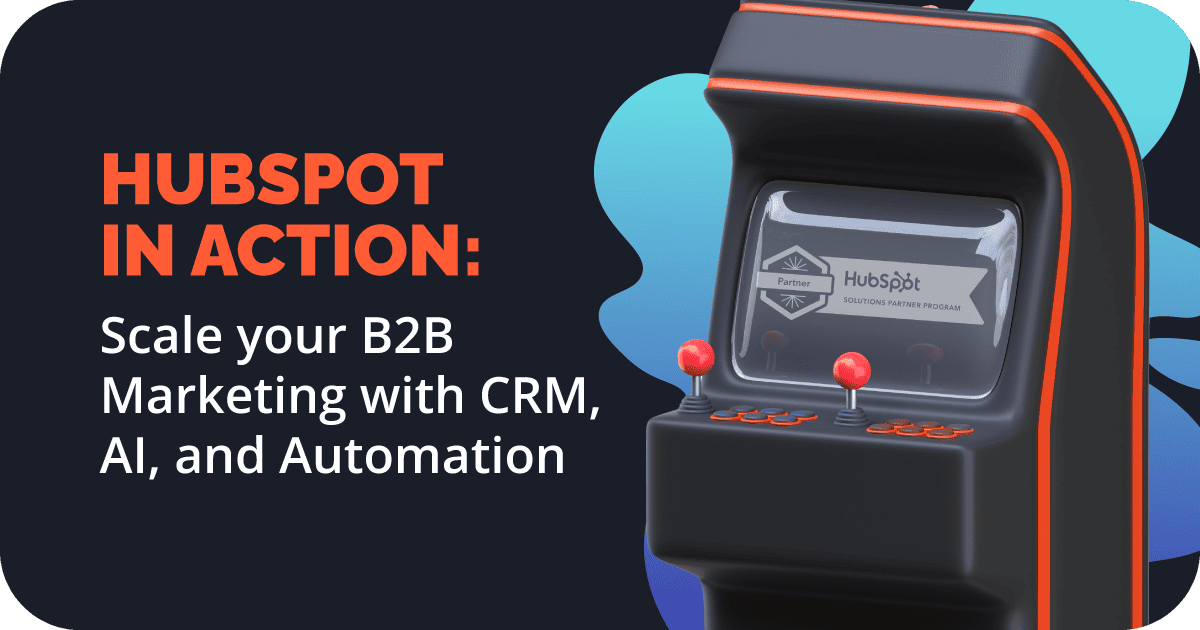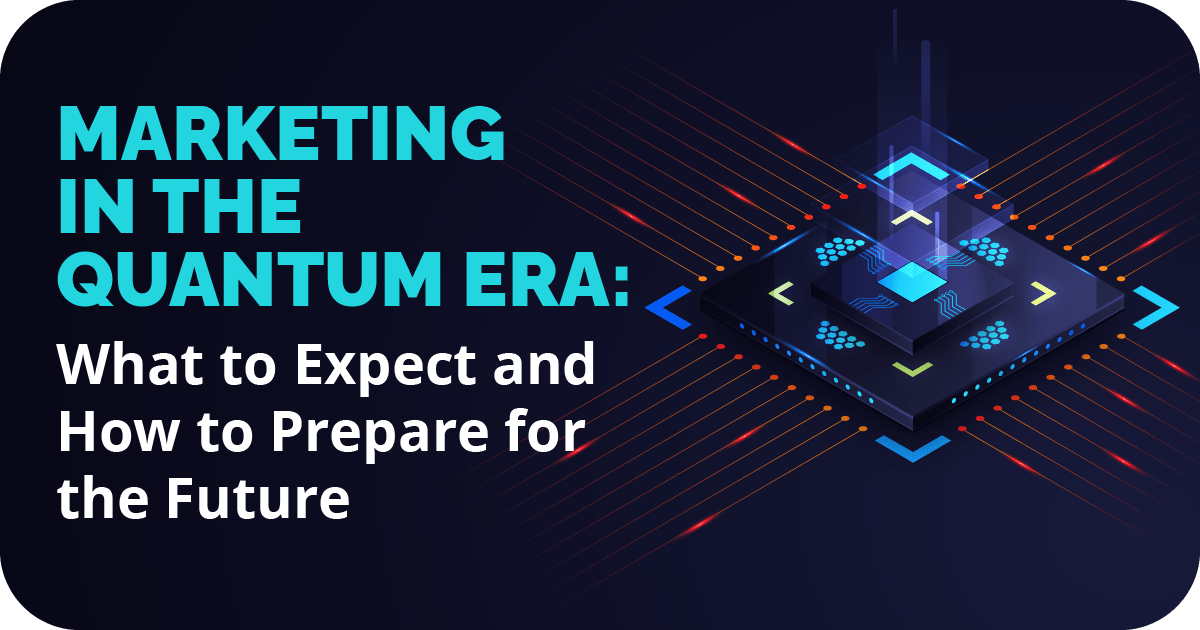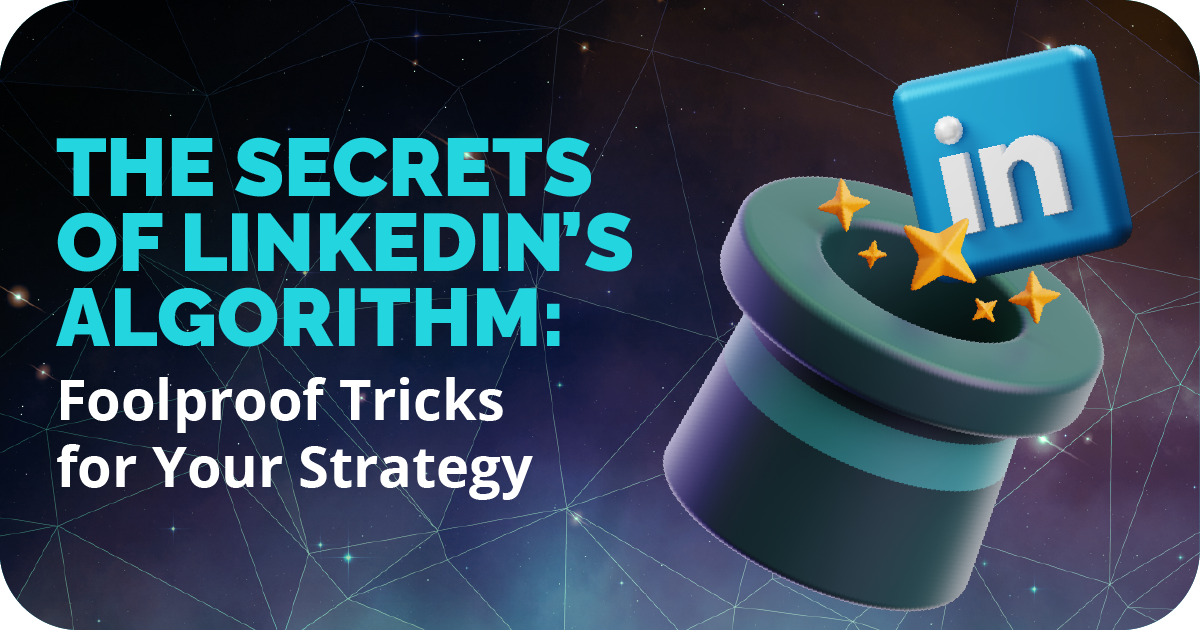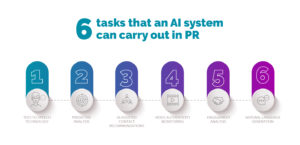The growing reach of ChatGPT in Marketing

ChatGPT is an amazing solution that helps businesses of all sizes optimize their marketing campaigns and make data-driven decisions.
According to an AI Index study, demand for AI-related skills is increasing in almost all industrial sectors in the United States. And indeed, the number of job postings related to AI increased on average from 1.7% in 2021 to 1.9% in 2022. The study also notes that in countries such as the United States, private investment led the way, allocating 47.4 billion dollars to AI, a figure that is 3.5 times more than that of China, second in the list. And attending to areas, the one with the highest private investment was the medical sector (6.100 million); followed by the cloud and data management and processing (5.900 million); and fintech (5.500 million).
Nevertheless, with the arrival of the fifth generation of Chat GPT from the White House, serious consideration is being given to drawing up a series of legal rules to establish control over this Artificial Intelligence. The legislation of governments has needed to adapt with the emergence of new technologies. Something that will continue to happen with Artificial Intelligence.
![]()
ChatGPT is a solution developed by OpenAl that has managed to exceed 100 million users in its short life. A recent UBS study has just confirmed that ChatGPT is the fastest growing consumption system in history. The research also highlights that the total potential market in which ChatGPT operates could reach a value of 1 trillion dollars.
But what makes this chat system so attractive? This tool is based on a conversational artificial intelligence model, which means it has been trained to hold coherent and accurate conversations with users, as the strategic implementation of this AI can bring a variety of benefits, including its potential to generate high-quality content, create personalized messages and generate potential customers for marketing, as ChatGPT is a reliable and accurate tool that can generate quick responses or automate tasks that usually take time.
In view of the above, let us see the 5 implementations of ChatGPT in marketing that are most favoring companies today:

This conversational artificial intelligence tool is very useful for improving your content marketing and SEO. It can also help you identify relevant keywords, generate ideas, and optimize content to get greater visibility in search engines. If you use the tool properly, asking the right questions, you will not only reduce the amount of time it takes to conduct a keyword research, but also get more relevance, low cost and better results.

Companies can also use ChatGPT to create complete content, including blog posts, product descriptions, success stories, among others. In this case, the tool is provided with a brief description of the topic and the tool will generate a complete article. Companies can edit the generated content to ensure that it fits their brand style and objectives.

In customer service ChatGPT can offer real-time assistance through a chat interface, enabling customers to interact with the system to ask questions and get immediate answers in a natural and fluid way. It can also automate responses to frequently asked questions and repetitive tasks, which helps reduce the workload of customer service agents and improve response times. Most striking is that it can analyze the sentiment behind customer interactions, allowing companies to identify and proactively address issues.

The tool can help companies analyze large amounts of data to identify patterns and trends. This can help companies make informed decisions about their customers, operations and products.

ChatGPT can be used to conduct market studies and surveys. This solution can help companies get information about their audience’s preferences and needs, which can significantly influence their marketing strategy.
As artificial intelligence continues to evolve, so will its applications in the marketing field. By working the benefits of Artificial Intelligence, companies will be able to better understand their target markets and create more effective and personalized marketing campaigns. In the near future, we can expect more and more companies to use ChatGPT to boost their marketing efforts, and the results will surely be effective.
We know the importance of positioning in your company, and we also know that a correct strategy is one of the first steps to achieve success. At Isource Marketing we have 2 regional offices and local presence in Miami, Florida-USA and throughout the main countries of Latin America, so we are always ready to help you create that strategy for your company no matter where you are.













 As digital transformation advances, many companies are turning to Artificial Intelligence (AI) to streamline repetitive processes and become more efficient. Public relations (PR) does not avoid this reality, since more efficient and successful public relations campaigns may be created by making clever use of AI. According to a study by the CIPR (Chartered Institute of Public Relations), the use of this technology in PR will triple in the next five years.
As digital transformation advances, many companies are turning to Artificial Intelligence (AI) to streamline repetitive processes and become more efficient. Public relations (PR) does not avoid this reality, since more efficient and successful public relations campaigns may be created by making clever use of AI. According to a study by the CIPR (Chartered Institute of Public Relations), the use of this technology in PR will triple in the next five years.